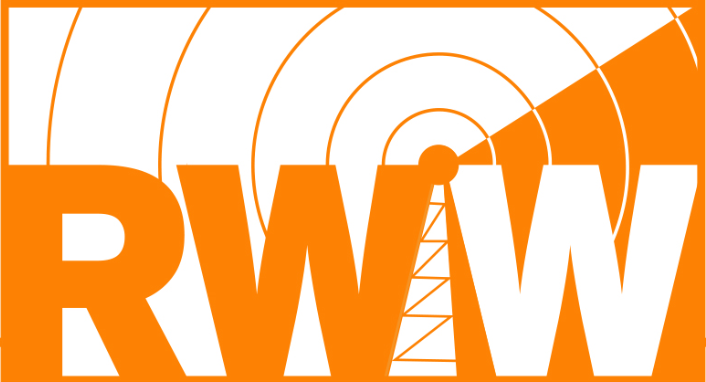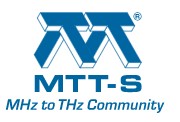Hands-On Full-Duplex Radio Design
Date/Time: Wednesday, 22 January — 8:00am – 11:50am
Lecturer: Ken Kolodziej, MIT
Abstract
Full-duplex technology is revolutionizing the wireless world! This system concept is fundamentally different that traditional radios that divide transmission and reception in either time and/or frequency. Future networks will leverage this emerging technology to improve efficiency and enhance mobile user experiences. This short course will introduce attendees to the various self-interference cancellation techniques that enable full-duplex operation in wireless systems and will allow them to experiment with their own full-duplex designs through hands-on engineering with real-world hardware/software.
Bio
Kenneth E. Kolodziej is a technical staff member in the RF Technology Group, where he is a principal investigator on wideband electronic and in-band full-duplex (IBFD) systems. He was previously an RF Engineer at BAE Systems in New Jersey.
Since joining Lincoln Laboratory, Kolodziej has conducted research on RF, microwave, and photonic circuits, including antenna, radar, and communications systems. He also holds a lecturer position with the MIT Department of Electrical Engineering and Computer Science, where he has taught an undergraduate electromagnetics course and several “Build-a-Radar” and “Hands-on Full-Duplex Radio” courses on MIT campus. He received his BE and ME degrees in electrical engineering from Stevens Institute of Technology in Hoboken, New Jersey.
Kolodziej is the editor of the In-Band Full-Duplex Wireless Systems Handbook (Artech House), has been an associate editor of the IEEE Microwave Magazine since 2021, and was a guest editor of the IEEE Transactions on Microwave Theory and Techniques in 2023. He is a senior member of the IEEE and a member of the IEEE MTT-S Wireless Communications (MTT-23) technical committee, and has been a member of the technical program committees of several conferences..
AMD Radio Frequency System on Chip (RFSoC) – Architecture, System Development, and Applications
Date/Time: Wednesday, 22 January — 13:30pm – 17:20pm
Lecturer: Robert Stewart & Louise Crockett, University of Strathclyde, UK.
Abstract
Systems for radio and wireless instrumentation, particularly in research & development environments, can benefit from the ability to create custom designs easily. However, one of the difficulties is that the ADCs and DACs tend to be separate from the processing platform, requiring a range of skills and potentially some interfacing challenges to solve.
AMD Zynq UltraScale+ RFSoC is a family of devices that combine multiple multi-Gsps RF-ADCs and RF-DACs with processors and Field Programmable Gate Array (FPGA) programmable logic, all on the same chip. These are powerful platforms with various applications including: 5G mobile and other wireless communications systems, radar, measurement and instrumentation, and quantum computing. The reprogrammable features of RFSoC devices can be especially useful where custom functionality, dynamic operation, or future upgrades are required.
This short course will introduce the RFSoC architecture and features, and outline the design process for developing custom systems. In particular, we will highlight how software, hardware, and data converters can be combined to make an integrated system, leveraging the open-source PYNQ (Python productivity for Zynq) project to make the design process easier. The operation of the high speed RF-DACs and RF-DACs will also be reviewed, applying the classical signal processing theory of Nyquist sampling to support RF frequencies up to 5GHz. Finally, we will present some RFSoC-PYNQ examples, discuss potential applications, and highlight support for getting started with this technology.
Bio
Robert (Bob) Stewart is a Professor in the Department of Electronic Engineering, University of Strathclyde. He leads the ‘StrathSDR’ team, focusing on Software Defined Radio (SDR) and next generation radio access networks using shared spectrum with Dynamic Spectrum Access (DSA). Bob has led a number of 5G testbed and trials projects, and in recent years, his interests have included the development of solutions for the media and broadcast industry with private 5G SA networks, working alongside a number of international broadcasters. Over a 30 year career so far, Bob has published 4 books and more than 200 papers and has presented many industry short courses, including at UCLA Extension in the USA. Bob is also a director of University start-up company, Neutral Wireless Ltd.
Louise Crockett was awarded MEng (distinction) and PhD degrees in Electronic and Electrical Engineering, both from the University of Strathclyde, in 2003 and 2008, respectively. She is currently a Senior Teaching Fellow and senior member of the StrathSDR research team, where she supervises / manages researchers and key sponsored projects. Her core research interests are in the implementation of DSP systems, FPGAs and SoCs, wireless communications, and SDR. Louise has previously co-authored three books on Xilinx/AMD technology. Her teaching focuses on digital systems design targeting FPGAs and SoCs, and builds practical skills to equip graduates for roles in industry.
The University of Strathclyde has collaborated with the AMD University Program, and previously the Xilinx University Program, since the mid-2000s.






